Anise Dishes: A Flavorful Journey Through the World of Fennel, Star Anise, and More
Table of Contents
Introduction to Anise Dishes
Anise dishes are a unique and aromatic category of cuisine that bring a sweet, licorice-like flavor to the table. This spice, derived from the seeds of the anise plant, is used in both sweet and savory recipes across various cultures. From the classic Chinese star anise in braised meats to the European fennel in breads and pastries, anise adds a distinctive depth to any dish.
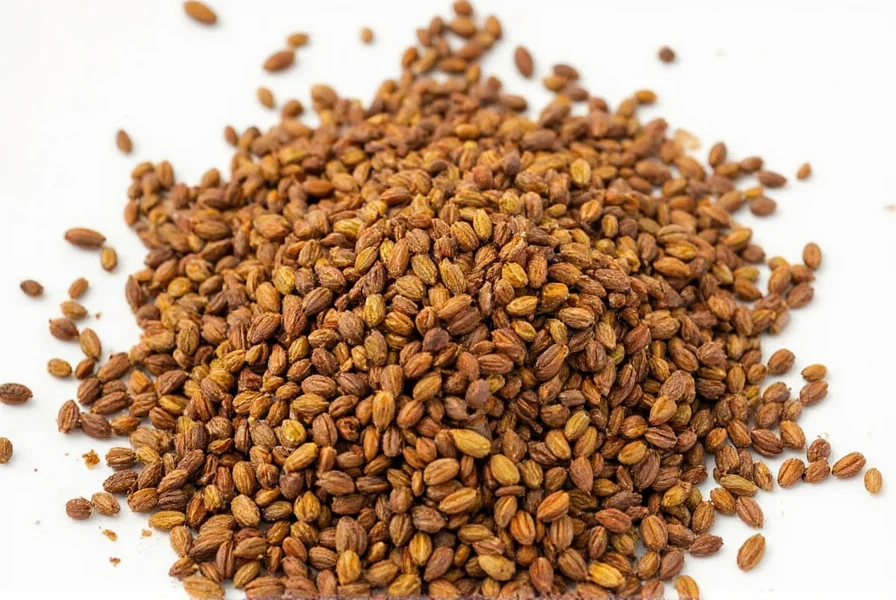
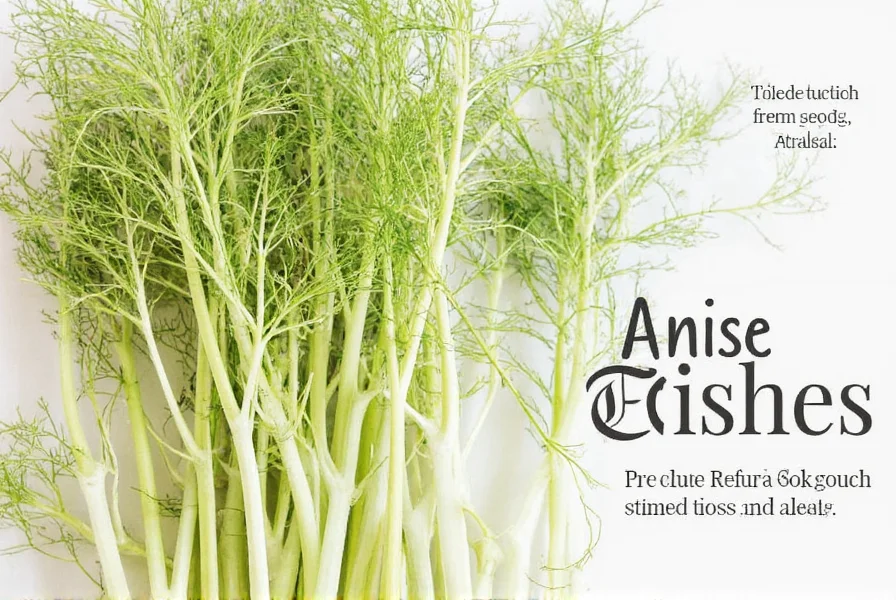
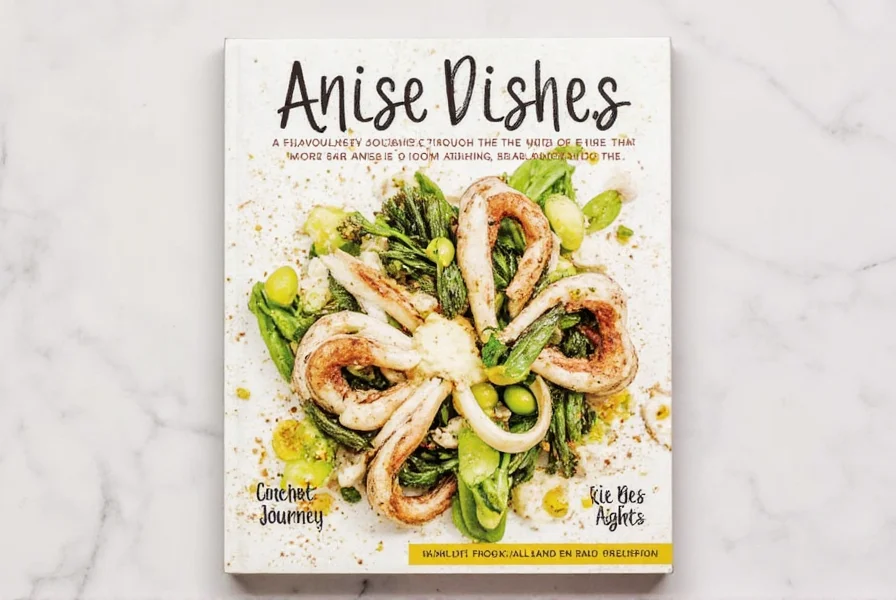
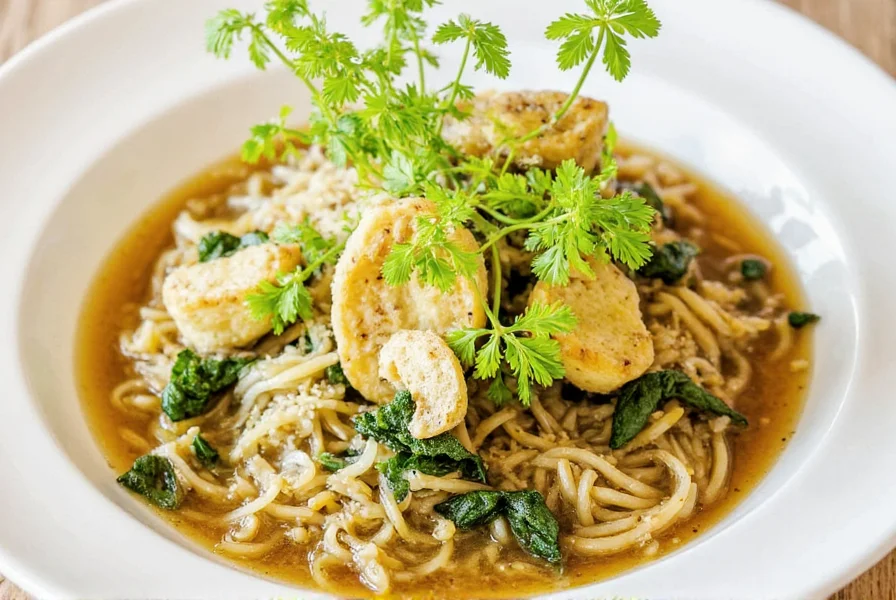

If you're looking to explore the world of anise dishes, you're in for a treat. Not only does anise add flavor, but it also has a long history in traditional medicine and culinary arts. Whether you're a seasoned chef or just starting out, this guide will help you understand and enjoy anise dishes like never before.
Types of Anise Dishes
There are several types of anise dishes, each with its own unique characteristics. Here's a quick breakdown:
- Fennel Dishes: Fennel, often mistaken for anise, has a similar licorice flavor but is more versatile. It’s commonly used in Mediterranean and Indian cuisines.
- Star Anise Dishes: This star-shaped spice is a staple in Asian cooking, especially in soups, stews, and braised dishes.
- Anise Seed Dishes: Used in both sweet and savory recipes, anise seeds are popular in baking and spice blends.
- Anise-Infused Drinks: Some regions use anise in cocktails and herbal teas for its distinct taste and aroma.
Comparison Table: Anise vs. Fennel vs. Star Anise
| Feature | Anise | Fennel | Star Anise |
|---|---|---|---|
| Flavor | Licorice, slightly sweet | Licorice, more grassy | Strong, licorice-like |
| Usage | Baking, seasoning, drinks | Savory dishes, salads, roasts | Stews, braises, soups |
| Appearance | Small, black seeds | Green, bulbous vegetable | Star-shaped pods |
Cooking Tips for Anise Dishes
Getting the most out of anise in your cooking requires some knowledge of how to use it effectively. Here are a few practical tips to keep in mind:
- Use Fresh Anise: Fresh anise seeds and herbs provide the best flavor. If using dried, store them in a cool, dark place.
- Add Early in Cooking: For a deeper flavor, add anise early in the cooking process. It works well in slow-cooked dishes like stews and braises.
- Balance with Other Spices: Anise can be overpowering, so pair it with other spices like cumin, coriander, or cinnamon for a balanced flavor.
- Experiment with Baking: Anise is great in cookies, breads, and cakes. Try adding it to gingerbread or spiced bread for a twist.
- Try Different Forms: You can use anise as whole seeds, ground, or even as a syrup. Each form brings a different intensity and texture to your dish.
Buying Guide for Anise Ingredients
Choosing the right anise ingredients can make all the difference in your cooking. Here's a detailed guide to help you pick the best products:
1. Anise Seeds
Features: Small, black seeds with a strong licorice aroma.
Advantages: Versatile and easy to store.
Use Cases: Baking, seasoning, and infusion.
Target Audience: Home cooks and bakers.
Suitable Occasions: Holiday baking, homemade spice blends, and everyday cooking.
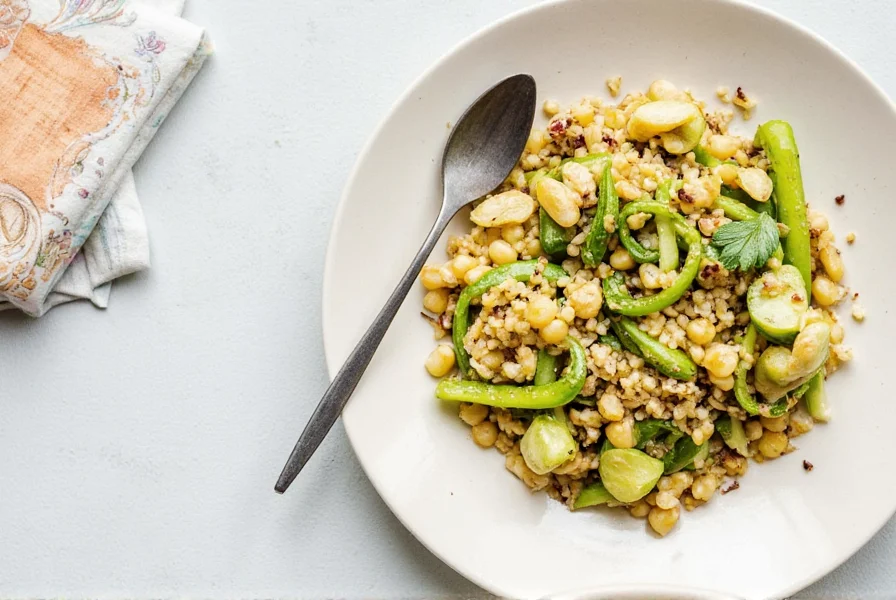
2. Star Anise
Features: Star-shaped pods with a strong, licorice flavor.
Advantages: Adds depth and complexity to dishes.
Use Cases: Soups, stews, and braises.
Target Audience: Professional chefs and home cooks who enjoy Asian-inspired cuisine.
Suitable Occasions: Winter meals, special occasions, and family dinners.
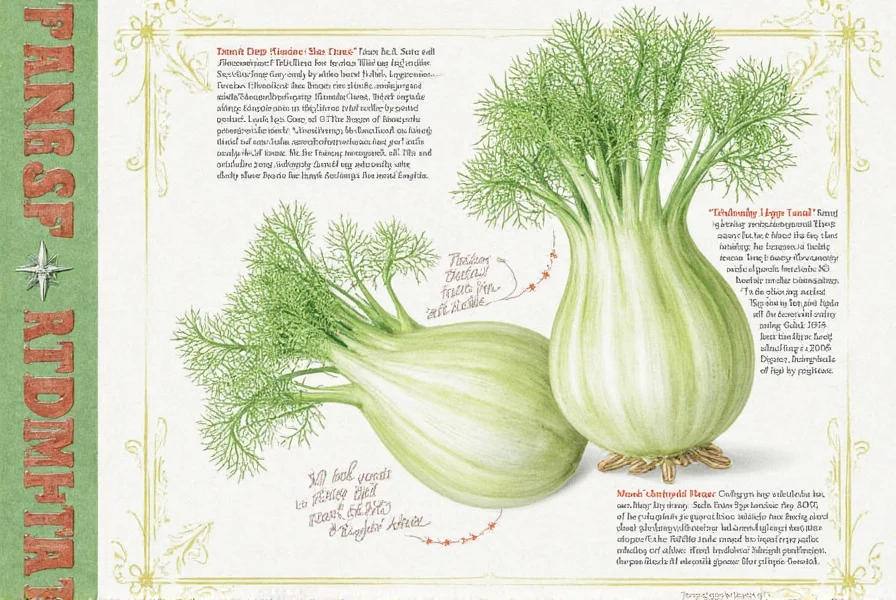
3. Fennel Seeds
Features: Similar to anise but slightly sweeter and more earthy.
Advantages: Offers a milder flavor than anise.
Use Cases: Roasted vegetables, meat seasonings, and baked goods.
Target Audience: Those who want to experiment with anise-like flavors without the intensity.
Suitable Occasions: Everyday meals, vegetarian dishes, and holiday baking.

4. Anise Extract
Features: Concentrated anise essence used for flavoring.
Advantages: Easy to use and adds consistent flavor.
Use Cases: Baking, beverages, and sauces.
Target Audience: Bakers and mixologists.
Suitable Occasions: Special occasion desserts, cocktail making, and dessert bars.

5. Anise Tea
Features: Herbal tea made from anise seeds.
Advantages: Naturally soothing and aromatic.
Use Cases: Relaxation, digestion, and after-dinner sipping.
Target Audience: Health-conscious individuals and tea lovers.
Suitable Occasions: Quiet evenings, post-meal relaxation, and wellness routines.
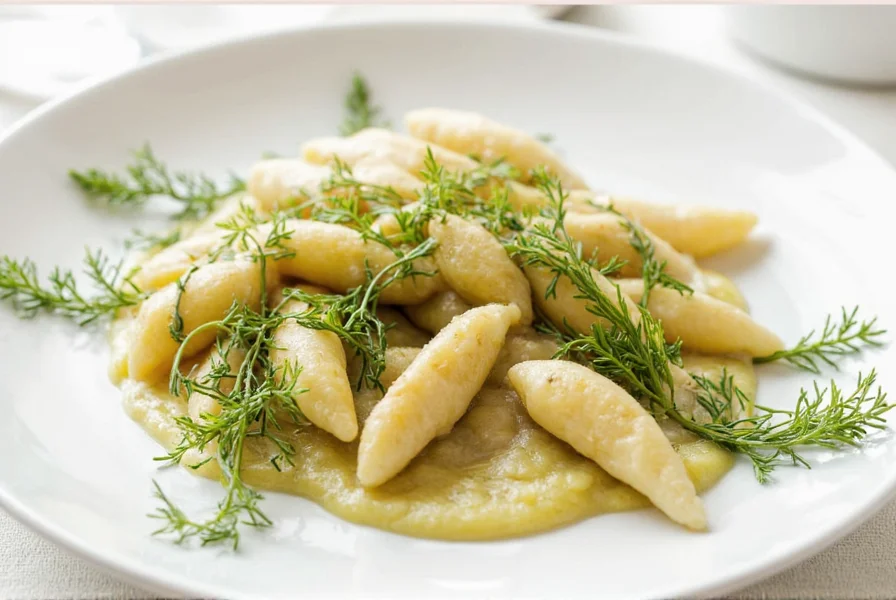
The expansion on the anise dishes includes not only their culinary uses but also their historical significance and cultural impact. These dishes have been part of many traditions, from ancient Egyptian rituals to modern-day celebrations. Whether you're making a festive meal or a simple snack, anise dishes offer a way to connect with the rich tapestry of global flavors.
Conclusion
Anise dishes are a delightful and aromatic addition to any kitchen. Whether you're using anise seeds in a homemade spice blend, adding star anise to a slow-cooked stew, or enjoying a glass of anise-infused tea, there's something for every palate. With the right ingredients and a little creativity, you can bring the unique flavor of anise into your everyday cooking.
So why not start experimenting today? Your taste buds—and your guests—will thank you!

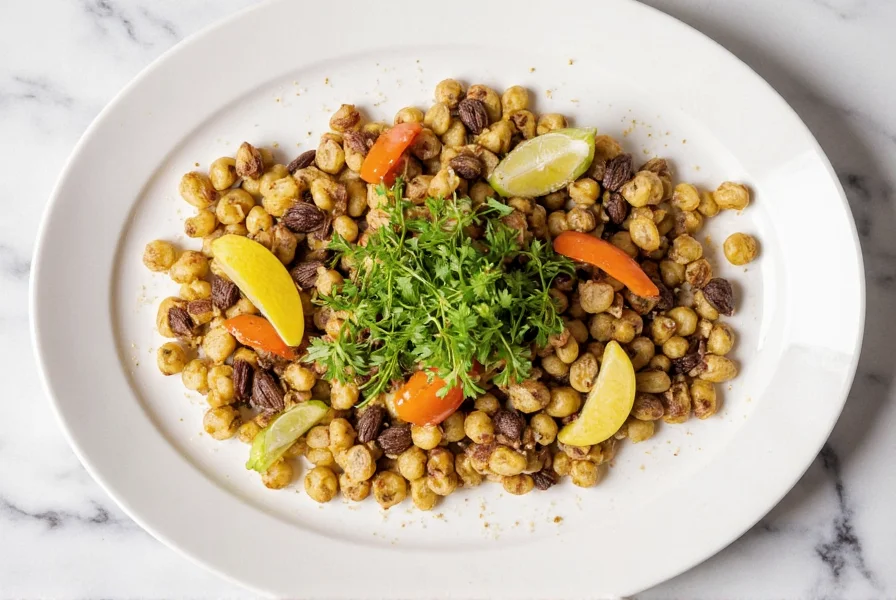









 浙公网安备
33010002000092号
浙公网安备
33010002000092号 浙B2-20120091-4
浙B2-20120091-4